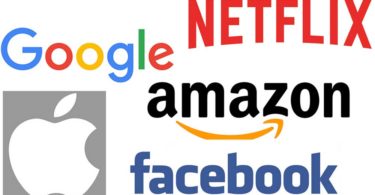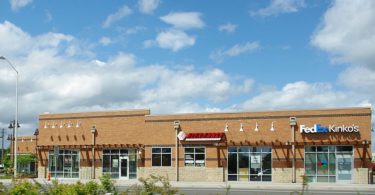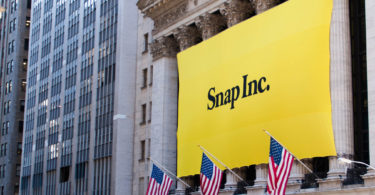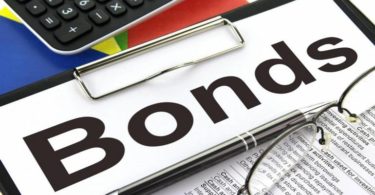This article was originally posted here
Most people think Warren Buffett became the richest investor in history – and one of the richest men in the world – because he bought the right “cheap” stocks.
Legions of professional investors tell their clients they're “Dodd and Graham value investors… just like Warren Buffett.”
The truth of the matter is entirely different.
Until 1969, Buffett was a value investor, in the style of David Dodd and Benjamin Graham. That is, he bought stocks whose stock market capitalization was a fraction of their net assets. Buffett figured buying $1 bills for a quarter wasn't a bad business. And it's not.
I've written at length about buying stocks at “no risk” prices. But as Buffett learned, this is still only part of the equation.
It's just as important to invest in safe stocks that can compound their earnings… for decades. Then you must do the truly hard thing – and never sell…
Take beverage giant Coca-Cola (KO), for example.
Buffett bought his Coke stake between 1987 and 1989. It was a huge investment for him at the time, taking up about 60% of his portfolio. How could Buffett have known Coke would be a safe stock… and that it would turn into a great investment?
Well, like Einstein said famously about God, Buffett doesn't roll dice. He only buys sure things.
Coke is a simple business. It made soda 100 years ago. It makes soda today. And it will be making soda in another 100 years. That's the perfect setup for a business that can keep growing sales and profits… without growing its expenditures.
And judging by Coke's previous marketing results and its expansion into new markets, its sales would also continue growing. As Buffett would tell you, it wasn't that hard to figure out.
After he bought, other investors would bid up the shares to stupid levels. Coke was trading for more than 50 times earnings by 1998, for example. But Buffett never sold. It didn't matter to him how overvalued the shares became, as long as the company kept raising the dividend.
In 2019, Coke paid out $1.60 in dividends per share. Adjusted for splits and dividends already paid, Buffett paid about $2 per share for his stock in 1988.
Thus, Coke's annual dividend, 32 years later, now equals 80% of his total purchase price. Each year, he's earning 80% of that investment – whether the stock goes up, or down.
In his 1993 letter, Buffett wrote about his Coke investment and his approach – buying stable, capital-efficient companies with the intention of holding them forever so their compounding returns would make a fortune…
At Berkshire, we have no view of the future that dictates what businesses or industries we will enter. Indeed, we think it's usually poison for a corporate giant's shareholders if it embarks upon new ventures pursuant to some grand vision. We prefer instead to focus on the economic characteristics of businesses that we wish to own…
Is it really so difficult to conclude that Coca-Cola and Gillette possess far less business risk over the long term than, say, any computer company or retailer? Worldwide, Coke sells about 44% of all soft drinks, and Gillette has more than a 60% share (in value) of the blade market.
Leaving aside chewing gum, in which Wrigley is dominant, I know of no other significant businesses in which the leading company has long enjoyed such global power… The might of their brand names, the attributes of their products, and the strength of their distribution systems give them an enormous competitive advantage, setting up a protective moat around their economic castles.
Buffett is looking for companies that produce high annual returns when measured against the company's asset base and require little additional capital. He is looking for a kind of financial magic – companies that can earn excess returns without requiring excess capital. He's looking for companies that seem to grow richer every year without demanding continuing investment.
In short, the secret to Buffett's approach is buying companies that produce huge returns on tangible assets without large annual capital expenditures. He calls this attribute “economic goodwill.” I call it “capital efficiency.”
These kinds of returns shouldn't be possible in a rational, free market. Fortunately, people are not rational. They frequently pay absurdly high retail prices for products and services they love. Buffett explained how another of his holdings, See's Candies, earned such high rates of return on its capital in his 1983 annual letter. In explaining See's ability to consistently earn a high return on its assets (25% annually at the time, without any leverage), Buffett wrote…
It was a combination of intangible assets, particularly a pervasive favorable reputation with consumers based upon countless pleasant experiences they have had with both product and personnel.
Such a reputation creates a consumer franchise that allows the value of the product to the purchaser, rather than its production cost, to be the major determinant of selling price…
That's the whole magic. When a company can maintain its prices and profit margins – because of the value placed on its product by the purchaser, rather than its production cost – that business can produce excess returns… returns that aren't explainable by rational economics.
Those, my friend, are exactly the kinds of companies you want to own.
Now… if it were that simple, we'd all be rich. Buying these kinds of stocks is actually extremely difficult because you rarely get the opportunity to buy them at a reasonable price, let alone a no-risk price.
That's why I urge you to make a list of these kinds of companies… to determine the prices at which you can buy them on a no-risk basis… and then wait for your opportunity. Strive to buy the companies whose products and services you believe are most loved and most likely to be extremely long-lived. Try to acquire assets that your children's children will never want to sell.
Set your family's wealth on the path of compounding. In time, you can join the Rockefellers – but only if you never sell.
Regards,
Porter Stansberry
Editor's note: Porter believes the recent crash could lead to one of these rare opportunities – a chance to buy the “Greatest of All-Time” stocks at great values. That's why he recently aired an urgent briefing about what he's doing with his money today… what he predicts is next for the markets… and the best way to invest from here. Watch the video right here.







